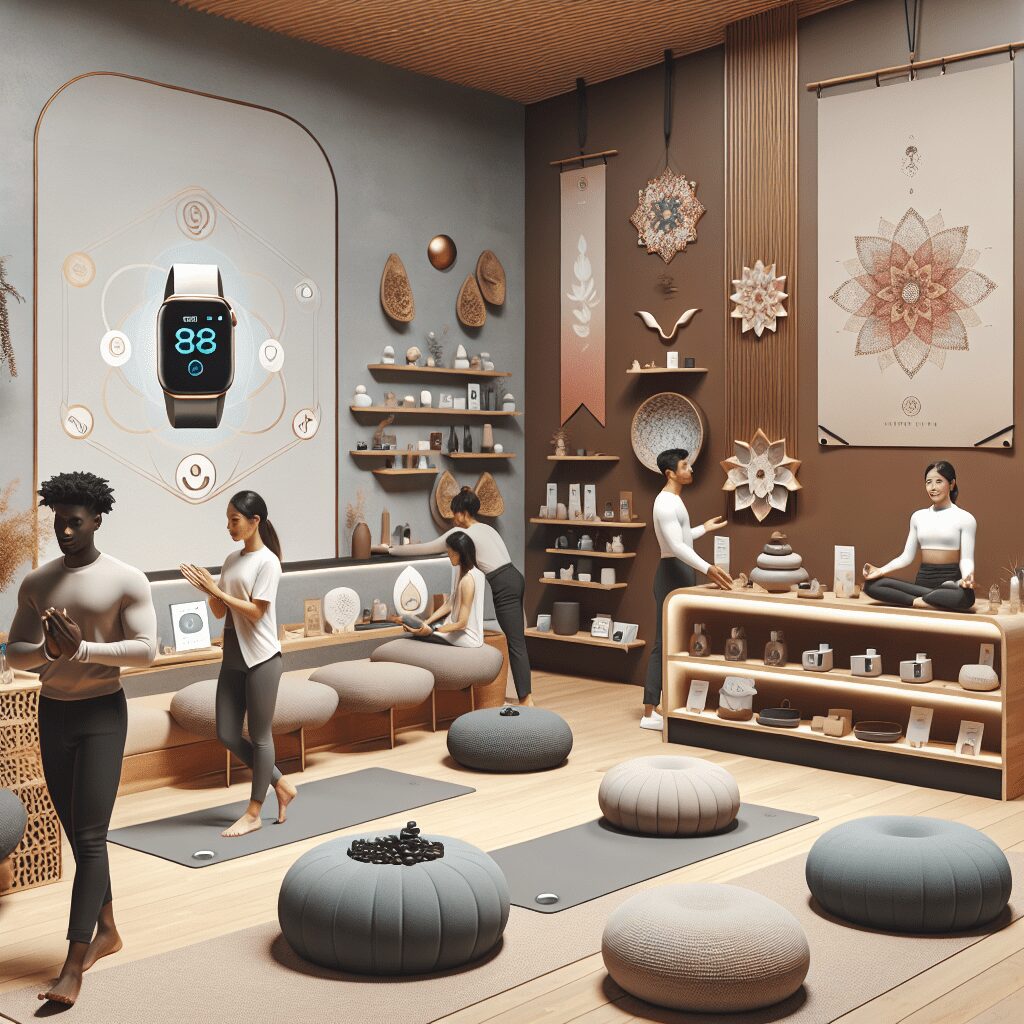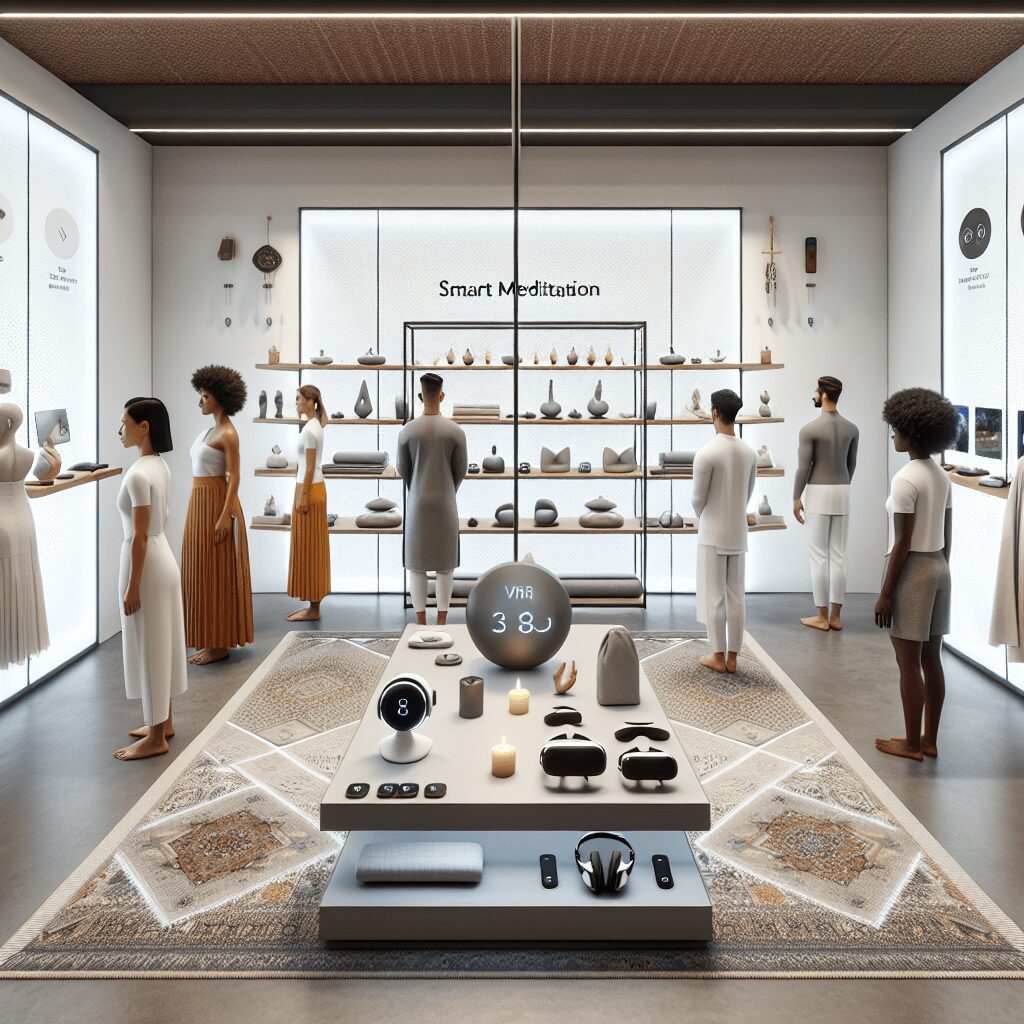
Prioritize your mental well-being daily. Enhance your life by nurturing your mental health with the Smart Meditation app. Break free from stress, alleviate anxiety, and enhance your sleep quality starting today.
How To Measure Anxiety?
Grappling With Intangible Tension: Approaches to Quantifying Anxiety
In a world where mental health discussions are finally taking center stage, the nuances of conditions like anxiety are gaining much-needed attention. But, given its elusive nature, how do we measure something as intangible as anxiety? It’s not like we can just crack open a toolbox, pull out a wrench, and tighten some bolts to fix it. No, sir! The quest to quantify anxiety takes us down a more intricate path, combining the rigor of science with the subtlety of human experience.
Navigating the Measurement Maze
The Trusty Traditional: Psychological Assessments
When it comes to sizing up anxiety, psychologists and psychiatrists often turn to tried-and-true psychological assessments. These aren’t your average BuzzFeed quizzes, mind you. We’re talking about comprehensive, meticulously developed tools that can sniff out anxiety like a bloodhound.
- Self-Report Questionnaires: Probably the most direct approach, these ask individuals how they’re feeling on a scale from “Cool as a cucumber” to “Nervously nibbling nails”. Examples include the Generalized Anxiety Disorder Scale (GAD-7) and the Beck Anxiety Inventory (BAI), which are about as thrilling to take as they sound.
- Clinical Interviews: Imagine a heart-to-heart where every nod and note taken helps a clinician rate your anxiety on a scale that only they fully understand. Structured like a guidebook, these interviews ensure no stone is left unturned.
The Not-So-Silent Biomarkers
Given that our bodies often shout what our words cannot, scientists delve into biomarkers that offer a sneak peek into our inner anxious worlds. It’s akin to reading tea leaves, except with a lot more lab coats and less mysticism.
- Heart Rate Variability (HRV): Ever feel your heart playing hopscotch in your chest when you’re anxious? Measuring HRV looks at the time variation between heartbeats, revealing how your nervous system is balancing the “fight or flight” with the “rest and digest”.
- Cortisol Levels: This stress hormone gets a bad rap, but it’s just doing its job. Elevated levels can suggest that your body’s stress response is in overdrive—a hallmark of anxiety.
The High-Tech Horizon
We’re living in the future, folks, and technology is starting to play a big part in understanding anxiety. From apps that monitor your mood swings more frequently than you change socks, to wearable devices that track physiological signs of anxiety, the digital age is providing new ways to measure the immeasurable.
- Wearable Technology: Smartwatches and fitness trackers aren’t just for counting steps or reminding you to stand up. They’re on the frontlines, tracking heart rate, sleep patterns, and even skin conductance (sweatiness, to you and me).
- Mobile Apps: Beyond tracking, these pocket-sized therapists can offer real-time interventions, helping to manage anxiety on the go.
The Path Forward
It’s clear that measuring anxiety is as multifaceted as the condition itself. From the traditional to the technological, the tools at our disposal are as diverse as the individuals they aim to help. However, it’s crucial to remember that numbers and data points are just part of the story. They’re signposts on the journey to understanding and managing anxiety, not the destination. What really counts is how these measurements can guide customized, compassionate care, helping individuals navigate their mental health landscape with confidence. So, whether you’re a stickler for the scientific or a believer in the biometric, there’s a path for everyone seeking to understand and measure anxiety. After all, it’s about finding clarity in the chaos and taking those measured steps towards well-being.



